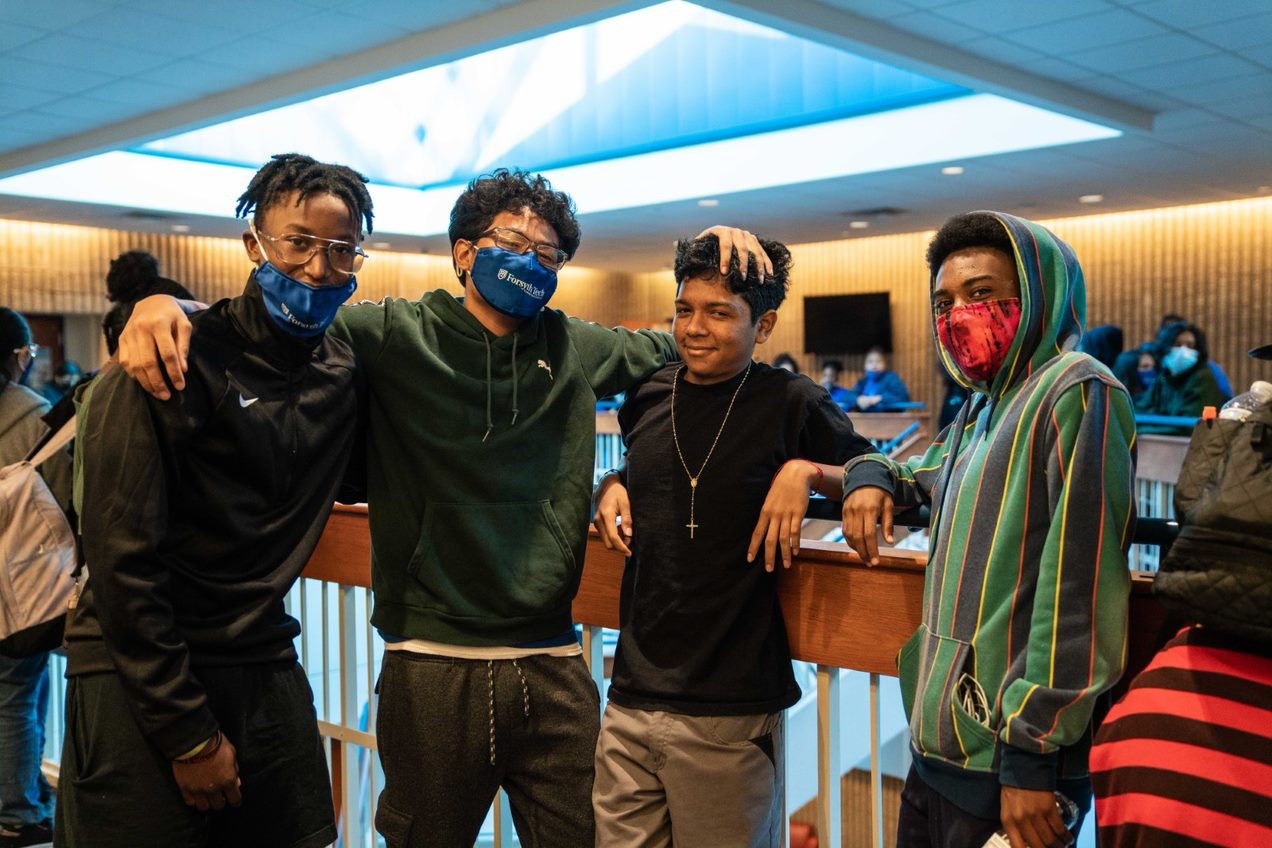Adapting College Lift from USC's NAI Model
Forsyth Tech's College Lift model is predicated on the University of Southern California's Neighborhood Academic Initiative
At the start of the 1990s, the University of Southern California (USC) set out to confront an increasingly pronounced disparity in its own backyard.
USC, a world-class research university, was juxtaposed against an economically disadvantaged neighborhood in South Los Angeles. The university’s geography served to dramatize the irony that USC—which draws its students from every corner of the country and around the globe—was all but out of reach for the students growing up in its shadow. While USC’s predicament was common enough (many of America’s most prestigious institutions of higher education are situated near economically disadvantaged communities , the university elected to pursue a solution altogether uncommon in scope and ambition, and launched the Neighborhood Academic Initiative (NAI) in 1990 (Tierney & Jun, 2001, p. 212). NAI, a rigorous, multi-year college preparatory program, promised low income Angelenos who would be among the first in their family to attend college a full scholarship upon acceptance to USC.
The program went on to thrive as successive university administrations remained dedicated to its success, ultimately becoming established as a nationally-acclaimed model of effective higher education and K-12 collaboration (Vogl & Lipinski, 2016). Set apart by its comprehensive slate of student supports—including additional academic instruction in the form of 21 Saturday Academies a year, afterschool tutoring, counseling, full-family involvement programming, and more—NAI has seen 99% of its graduates matriculate to college over the past 30 years, with nearly 75% of these first-generation students completing at least a four year degree.
When Forsyth County, North Carolina was cited in a 2015 Harvard study as having one of the lowest rates of economic mobility in the United States, USC’s pioneering project stood out as an ideal model for replication in a locale defined both by deep need and extensive higher educational capital. As the project was being established, leaders at USC generously gave of their time and energy to advise the College Lift team on the development and adaptation of the NAI model in North Carolina.
References
Chetty, R., and Hendren, N. (2015). “Causal effects, mobility estimates and covariates by county, CZ and birth cohort.” Equality of Opportunity Project, Harvard University. http://www.equality-of-opportunity.org/index.php/data
Tierney, W. G., & Jun, A. (2001). A University Helps Prepare Low Income Youths for College: Tracking School Success. The Journal of Higher Education, 72(2), 205–225. https://doi.org/10.1080/00221546.2001.11778878
The University of Southern California. (n.d.). USC McMorrow Neighborhood Academic Initiative (NAI). https://ignite.usc.edu/project/10237
Vogl, S., & Lipinski, L. (2016, March 29). In Memoriam: USC President Emeritus Steven B. Sample, 75. USCNews. https://news.usc.edu/97360/in-memoriam-usc-president-emeritus-steven- b-sample-75/


